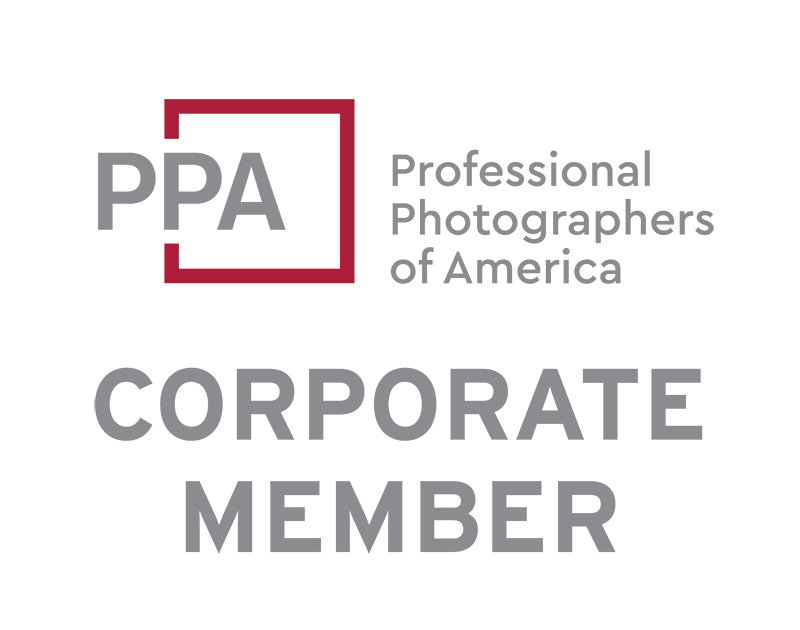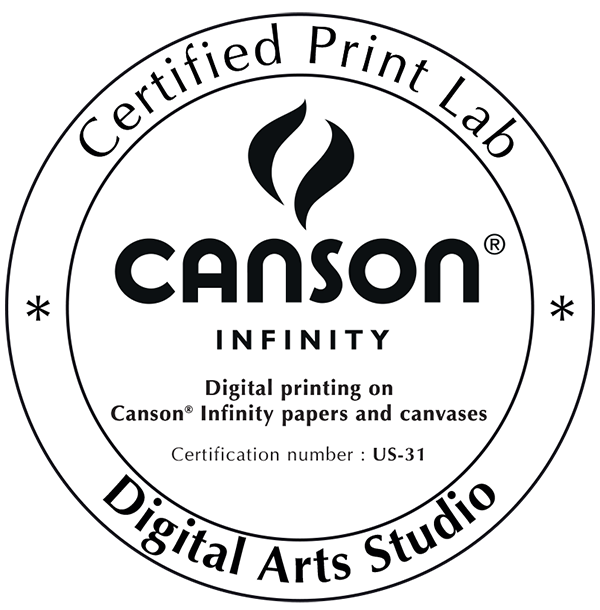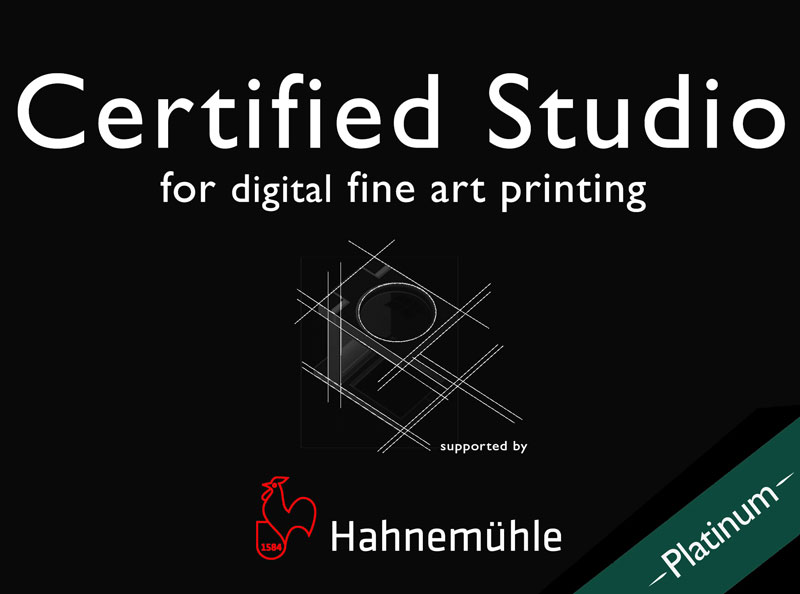Art Prints Defined | The Definition of Art Prints
Reprinted with permission of author Barney Davey – SUBSCRIBE TO HIS ART MARKETING BLOG AT https://artmarketingnews.com
The Importance of Understanding Differing Forms of Art Prints
It is crucial to understand the various media in which original works are reproduced as prints. The goal here is to explore print media and the art print terms that describe them. Doing so will help visual artists determine what medium to use. It also will help with the other art career decisions, such as choosing self-publishing or seeking a publisher.
These decisions are driven to some extent by what kind of art print best suits an artist’s work. For instance, if you create novel pieces that include teddy bears, you are best suited for the poster market with those images. On the other hand, if you create large abstracts, serigraphs or giclees will probably be your medium of choice, although over-sized posters using this style is a growing market segment.
There is economics around producing and marketing different types of media. You will find it typical that publishers who sell posters most likely do not carry more expensive limited edition and higher-end works. That means you have different decisions to make regarding which method you think best represents your art or best serves your chances for success in publishing, and what companies to approach if you wish to collaborate with an established publisher.
The following list of art print terms is neither exhaustive nor a complete technical explanation of print types, but rather a brief description of the types of prints that buyers at fine art tradeshows, such as ArtExpo New York and the West Coast Art & Frame Expo.
Serigraph or Silkscreens
Usually, serigraphs are reproductions from an original, but they also can be an original graphic. In reproductions, either the artist or a person known as a Chromist identifies shapes on a separate screen. Each shape is assigned a color. With an original graphic, you find the piece designed and created as a serigraph.
Although modern materials have replaced them, silkscreens were initially made from stretched silk, ergo the name. With each color separated, and with an opening on its screen to squeegee ink onto the art paper in a specialized press, the printing process begins. Some intricate silkscreens have 100 or more colors meaning that each print must pass through the press 100 times. To make a run of 350 prints in a limited edition can cost upwards of $50,000 or more. The price depends on the number of silkscreens used in the job.
Serigraphic work today has been mostly automated, and as a result, it is a medium that crosses over between the top- and middle-tier shows. Hand-pulled serigraphs, often pulled by the artist, are still widely used by the printmaking community. Middle-tier publishers and artists also include automated serigraphy with digital printing to create mixed media art.
Just as the art community used serigraphs to counter the negative connotation of silkscreen printing, which is an inexpensive method used by commercial printers, the art term “giclee” entered the art lexicon. The idea was to overcome negativity toward using the common name of digital print, or computer-generated art.
Giclee
In addition to print editions with runs of 10,000 or more, another significant development in the art print world was also occurring in the late 1980s. Printmakers had started making fine art prints using Iris inkjet printers, which were initially designed for pre-press proofing. In 1991, Jack Duganne coined the term “giclée” to describe the new process of making art prints. Giving the process a French name helped give computer-generated prints a better brand.
“Giclée” (pronounced “zhee-clay”) from the French language is a neologism or invented name. Giclée arguably is the most misunderstood and misused of all art print terms. It is used to describe the process of making fine-art prints from a digital source using ink-jet printing. The word in the French language is “le gicleur,” which translates to “nozzle.” Correctly, the French term “gicler” is used to mean “to squirt, spurt, or spray.”
This digital print format is the most widely used form of limited edition prints sold today. And, it is now, due to increased print speeds and lowered printing costs, making significant inroads into the open edition print and poster market. It took years for the giclee print to gain full acceptance in the industry. This controversy was mainly due to the controversy surrounding its initial colorfastness reliability. And, because the images were computer-generated. New and continuously evolving equipment and archival inks, dyes, solvents, printing processes, substrates, and finishes have all but eliminated the criticism. An inevitable initial resistance to technological advances contributed to the hesitancy for many in the art community to embrace the giclée as a legitimate medium.
The format warrants further study. Print-on-demand technology (POD) has become one of the most transforming developments for artists in our lifetime. Giclée printing is just one kind of POD. You see, POD footprints in music and literature, and its full effects have changed those fields, as well. It is a freeing technology in that it puts the ability to create fine reproductions in the hands of artists, without their having to resort to traditional methods of producing and distributing their work.
Giclée is a broad term that covers five different methods of creating reproductions on a variety of substrates.
They are:
- Digital art created using computer-generated images (some use the term “original giclée prints,” which I find confusing for the collector);
- Digital photographs output on a digital printer;
- Scans of original works created as reproduction giclee prints;
- Digitally enhanced scanned images or photographs, reworked or altered with software programs such as Corel Painter or Adobe Photoshop before being printed;
- Giclées, photographs, or any digital image that is embellished or otherwise reworked after being published.
Due to the widespread use of the giclée art print term throughout the industry, rather than go into an in-depth look at giclees here, you will find that Chapter Sixteen of How to Profit from the Art Print Market. You can find numerous other articles on ArtMarketingNews.com on giclees and the print market.
The origin of the term giclee has passed into near folklore. For the best, most accurate description of how it came about, read “What’s In a Name: The True Story of “Giclée .” It is an article adapted from Chapter 1 of Harald Johnson’s book, Mastering Digital Printing, Second Edition (Digital Process and Print. The book has long been considered the Bible of the digital print market.
Limited Edition Reproduction
This art print term is mainly used to describe art on paper via the traditional four-color offset printing process, although you will find some six-color press runs used today. While some publishers still use “limited edition reproductions” to sell offset limited edition prints, it has faded as a viable option in the onslaught use of giclee prints.
Offset printing is not as dominant as it once was because the only cost-effective way to afford an offset print edition is to print it all at once. The cost per piece for open editions is usually not practical for less than 1,000 copies. What this means is you or your publisher are betting there will be enough sales to break even on the printing and marketing costs, other overheads notwithstanding. Time-limited pieces, as Doolittle’s “Sacred Ground,” abated this problem, but they are a rare anomaly to the normal process and are not a useful marketing tool these days.
The giclée printing process eroded the limited edition on paper market segment for obvious reasons. All the same, on a cost per piece basis, offset limited edition pieces cost less to produce than giclees and still have appeal to some publishers and collectors. Spend time at any art tradeshow now, and you’ll be hard-pressed to find artists or publishers offering limited edition offset lithographs.
Open Edition Reproductions
Art trade magazine editors used “open edition reproduction” to describe offset lithographic prints. Those were images printed without any graphic or type elements on the surface. Editors preferred “graphics” to describe original art made as prints. An example of the latter would be an etching. Today, the public and those within the industry use the term “poster” synonymously with open edition print. However, reading the following description reveals why using the term in this way is technically incorrect.
Posters
Here, the classic definition of a poster is an offset lithographic image with type or other graphic elements included as part of the print. A classic example is a vintage poster. Henri Toulouse-Lautrec and other French graphic artists of his day popularized this form. They designed prints specifically to “post” advertisements. It is from this use that the word poster came about. Thus, despite the lack of uniformity, there is a valid distinction between posters and open edition prints in the art lexicon. As you know, the term poster is widely used to describe art on paper in open edition, regardless of the distinctions noted here.
The “poster” moniker has stuck to the offset litho-medium with artists, publishers, and consumers. In this book, as per general usage within the industry, you will find the word “poster” used to describe both posters and open edition prints.
Now that you are well informed with some basics on the different kinds of prints that are most commonly seen in the marketplace, you may have a clearer idea of which of these methods best suits your art and needs. By coming to grips with the question of what medium best suits you and your craft, you can proceed to other decisions regarding whether you should self-publish or seek a publisher. Should you decide on the latter, you would be better prepared to target publishers who use the medium you have chosen as ideal for your art. With ease and widespread use of digital printing on canvas, I’m sure the canvas transfer process gets little use by art print publishers and artists.
Fine Art Photography
That photography is a fine art medium is a well-established fact. Practically from its first days, visual artists have used photography as a way to express themselves. American photographers Alfred Steiglitz and Edward Steichen were pioneers in making photography into fine art, and efforts by the Metropolitan Museum of Modern Art have been instrumental in maintaining this as a fine art medium.
Today, with the tremendous variety of digital equipment, photographers are better equipped than ever to develop unique artistic visions from their work. It is a fact that photography is a much more difficult medium to break into the print market than painting. When asked why this was so, I used to say that most people didn’t appreciate the art in photography. I believe they mistakenly felt if they had been standing in the same spot with an expensive Hasselblad or Nikon camera, then they might have gotten lucky enough to take the same photo. What they leave out is a critical eye for composition, and the training and experience required to turn photography into fine art.
In an interesting twist, with the availability of powerful and affordable digital cameras, I think more people now know it takes the eye of an artist to create a fine art photographic print. That is, they now have the resources within the financial grasp and realize it is not about the box that shoots the picture. Instead, the skill behind the camera is what creates fine art photographic prints. That is, in part, why I think photography as a fine art medium is growing in stature.
Digital Art
Excerpt from The Art Story
Not since the advent of the camera has something come along to change the very fabric of art making’s possibilities on such a grand scale as digital art. In its most distilled essence, digital art encapsulates an artistic work or practice that uses any form of digital technology as part of its creation or presentation process. As the digital age (also known as the information age) marked its march into the world between 1950 and 1970, it was only a matter of time before artists would grasp its progressive technologies for their own creative output. As with all new mediums, artists began to wield these brave new innovations of society, including television, the introduction of the personal computer, the accessibility of audio and visual software, and eventually the internet, into works of their own, with minds ever eager for the expansive opportunities to utilize contemporary means to evolve their voices anew. Although digital art is not recognized as a distinct movement in and of itself, as technology continues its jackrabbit fast bloom into contemporary society, we will no doubt continue to see it unfold into a myriad, ever-changing landscape, solidifying itself as a credible alternative to traditional means of art making for a post-millennial society.
The point is that digital art as an art form has arrived. I predict as younger generations – who have been exposed to nearly everything digitally – grow older that their interests will make the art form progressively more prominent.
Digital Painting
According to Wikipedia, digital painting is an emerging art form in which established physical-medium painting techniques – such as watercolor, oils, impasto, etc. – are applied using digital tools: a computer, a digitizing tablet and stylus, and specialized software. Digital painting differs from other forms of digital art, particularly computer-generated art, in that it does not include the computer rendering from a model. The artist uses painting techniques to make digital painting directly on the computer.
Many photographers have crossed over to digital painting, as in the example of Marilyn Sholin. She is the author of The Art of Digital Photo Painting. She is an internationally acclaimed master instructor on the Corel Painter software.
Convergent Media
I first used the term “convergent media” in a June 2008 guest blogger post for AbsoluteArts.com, which was then one of the most heavily trafficked consumer art sites. Here is part of the post:
The process of creating art using digital means is involved and multi-stepped. There is image capture, whether through digital photography or image creation, using a Wacom Tablet or other hardware/software combinations. There is a manipulation of the imagery. It can pass through any number of software programs, such as Painter, Photoshop, Illustrator, and so on. Then comes the output onto a myriad of substrates, including paper, canvas, vinyl, metal, wood, and more. To produce a final desired outcome, the artist must print or collaborate with a printer on calibrating the equipment to get the output wanted. Often pieces are further enhanced post-printing to make them unique, one-of-a-kind, and original.
To my mind, the term convergent media makes more sense. It reflects the use of mixed media, which is an ages-old and widely accepted art term. Mixed media describe a multi-stage process of using different techniques and media to deliver an original piece of art. Convergent media does the same thing but implies the use of technology not available to previous generations of artists.
I do not know whether convergent media will catch on as a useful descriptor for art made through a digital process involving cameras, scanners, tablets, software, and printers, but I want to think it will. The artists using these tools are every bit as creative as those who draw and paint, and they visually express themselves in ways traditional painters cannot.
It was only through the extensive use of digital tools that a box office hit such as Avatar (earning $1 billion worldwide in a week) could be made. Likewise, there are stunning digital art – convergent media if you will – that can only be made using digital tools. If you are a traditional painter, I do not advocate abandoning your tools or expertise in favor of a computer; but if you are so inclined, there are new vistas to be conquered with them.
There is much more to say about each of these and other art print processes. The goal here is not to worry you with more than you need or want to know but to give you some guidelines and basic knowledge of the overall commercial art market from a print-medium perspective.
There is no wrong choice here. Your decision about which medium to use often will come down to considering economics, subject matter, personal preferences, and competition.
KEEP READING – Next Blog Post, “Giclée Prints Goodness”





